Horse chestnut, Aesculus, is a tree that stands out in gardens. With its majestic habit, large palmate leaves and impressive flowers in spring, it is both elegant and functional, offering welcome shade during summer.
Propagating horse chestnut produces new young plants, helps preserve characteristics of a valuable tree or simply allows sharing shoots with fellow gardeners. In this tutorial, discover how to propagate horse chestnut by sowing, propagation by cuttings or division.
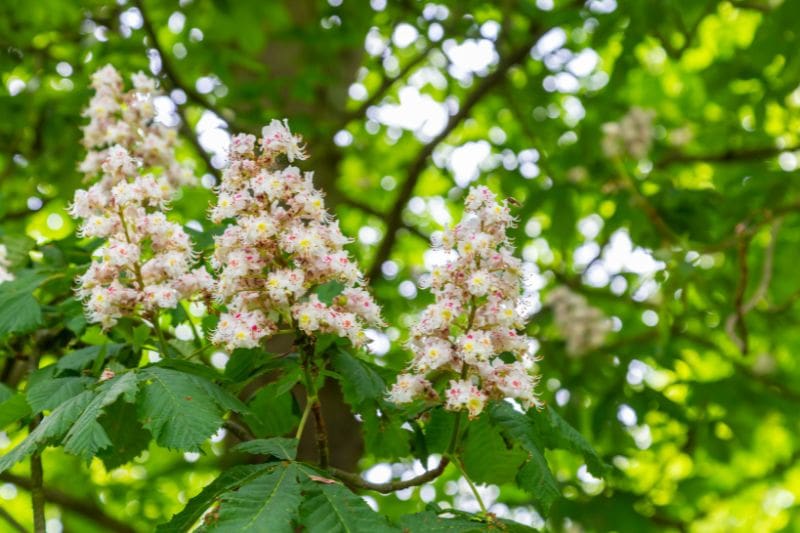
Why propagate horse chestnut?
Propagating horse chestnut meets several needs:
- Produce new trees : to enhance a large garden.
- Preserve rare or distinctive varieties.
- Adaptation to local environment : a young plant grown from local seed often acclimatises better.
- Sharing : you can share these new young plants with fellow gardeners.
When to propagate horse chestnut?
Ideal timing for propagating horse chestnut depends on chosen method:
- Sowing : mainly carried out in autumn, just after harvesting conkers. Conkers need a period of winter cold (natural stratification) to break seed dormancy. Once cold treatment is complete, planting takes place in early spring.
- Propagation by cuttings : carry out in summer, using semi-ripe shoots (year’s growth, partially lignified).
- Division : perform in spring, when vegetative growth resumes.
These periods improve chances of success and ensure better establishment of young plants.
Which method to propagate horse chestnut?
Sowing
Sowing is an easy method that produces many vigorous young plants, well adapted to their environment and at low cost.
1- Harvest conkers : wait for fruits to fall naturally from the tree, a sign they are ripe. Collect only intact, healthy conkers.
2- Stratification : in autumn, place conkers in a mix of damp sand or light compost. Store them in a cool place (ideally between 1 and 5 °C), such as a sheltered outdoor corner, for the whole winter. This process mimics the natural cycle and helps overcome seed dormancy.
If that is not possible, you can keep them in a refrigerator for 4 to 6 weeks to simulate winter.
3- Soil preparation in spring : around March–April, when frosts are over, choose planting spot, ideally sunny or semi-shaded, with well-drained soil. Loosen soil and add compost to enrich substrate.
If sowing in a pot, choose a container at least 30 cm deep and 20–25 cm in diameter. This will allow root system to develop without constraint.
4- Planting seeds : bury conkers 5–7 cm deep, with flat side facing down.
5- Watering : water immediately after planting to firm soil around seeds. Keep substrate slightly moist throughout germination.
Seeds should start to germinate after a few weeks depending on weather, so be patient.
Tips for successful sowing :
- Avoid letting conkers dry out before stratification.
- Protect young shoots from slugs and other pests.
- To increase chances in open ground, sow several conkers, keeping 30 cm between them. After a few weeks, remove less vigorous young plants to leave only one.
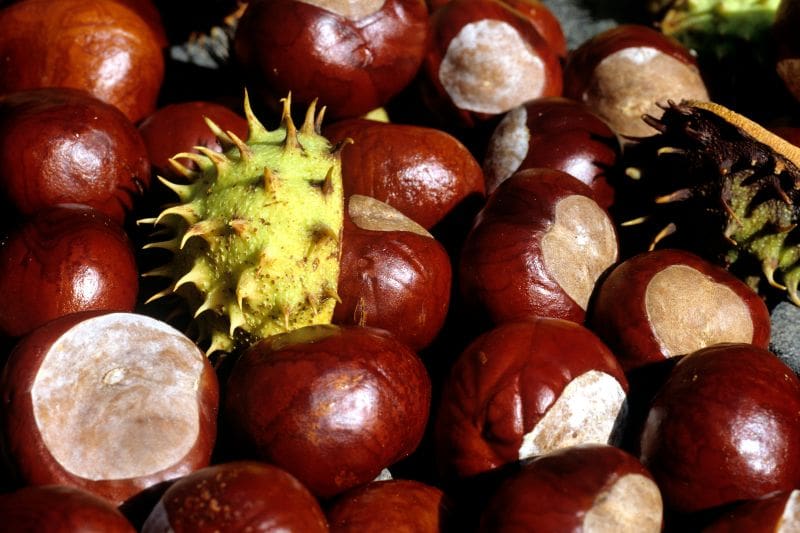
Propagation by cuttings
Propagation by cuttings is a faster method, although less common for horse chestnut. This method preserves exact characteristics of the parent tree while providing a specimen ready to grow quickly.
Necessary equipment :
- A pruning shear that is clean and sharp.
- A rooting activator (facultative, but recommended).
- Pots or containers filled with a free-draining substrate (mix of 2/3 potting compost and 1/3 sand).
- A watering can with a fine rose.
Steps :
1- Take the cutting: choose a semi-ripe branch 15–20 cm long in summer.
2- Remove lower leaves, leaving only a few leaves at the tip.
3- Facultative: dip base of cutting in rooting activator to encourage rooting.
4- Fill your pot with substrate, then insert base of cutting into pot, ensuring it remains upright.
5- Moisten substrate and maintain consistent moisture, without excess.
Tip : to improve success, place a translucent cloche over the cutting (a plastic bottle with its base removed or a plastic bag will do).
6- Place pot in a bright spot but out of direct sun.
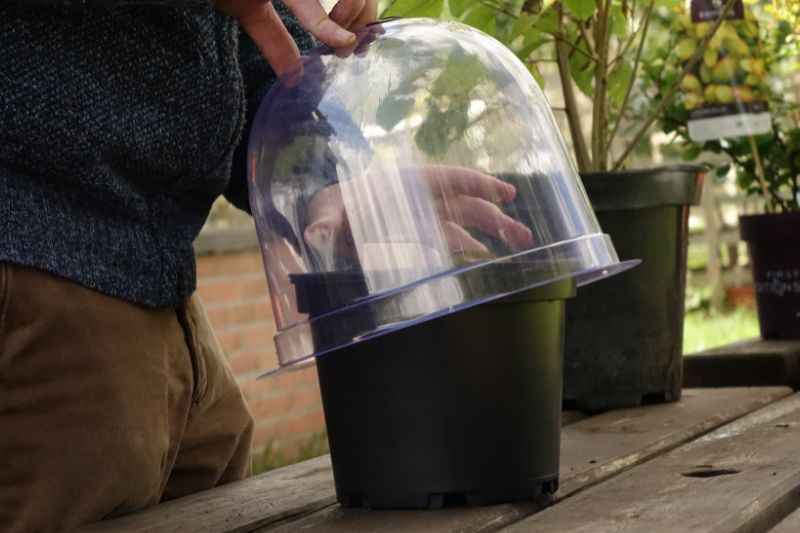
Division
Although rare for horse chestnut, this technique can be applied to young specimens growing in clumps.
Necessary equipment :
- A spade or fork spade.
- A watering can to rehydrate divisions.
- Compost to enrich new soil.
Steps :
1- Lift the plant using a spade to raise the clump without damaging roots.
2- Carefully divide sections so each part has roots.
3- Prepare the soil by loosening it and enriching with compost.
4- Replant divisions in holes suited to their roots.
5- Water well to remove air pockets and aid establishment.
After propagation: care and maintenance
- Watering : ensure substrate stays moist but avoid excess or stagnant water.
- Fertilisation : apply an organic fertiliser (well-rotted compost or manure) in spring to stimulate growth.
- Protection of seedlings : during the following autumn and winter, keep young plants in pots sheltered from frost and strong winds, in a greenhouse or an unheated room. Plant out in open ground the following spring.






























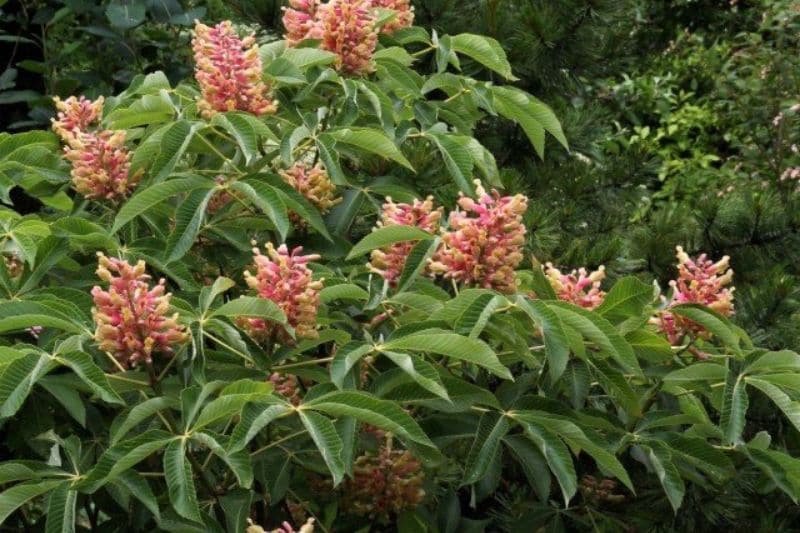

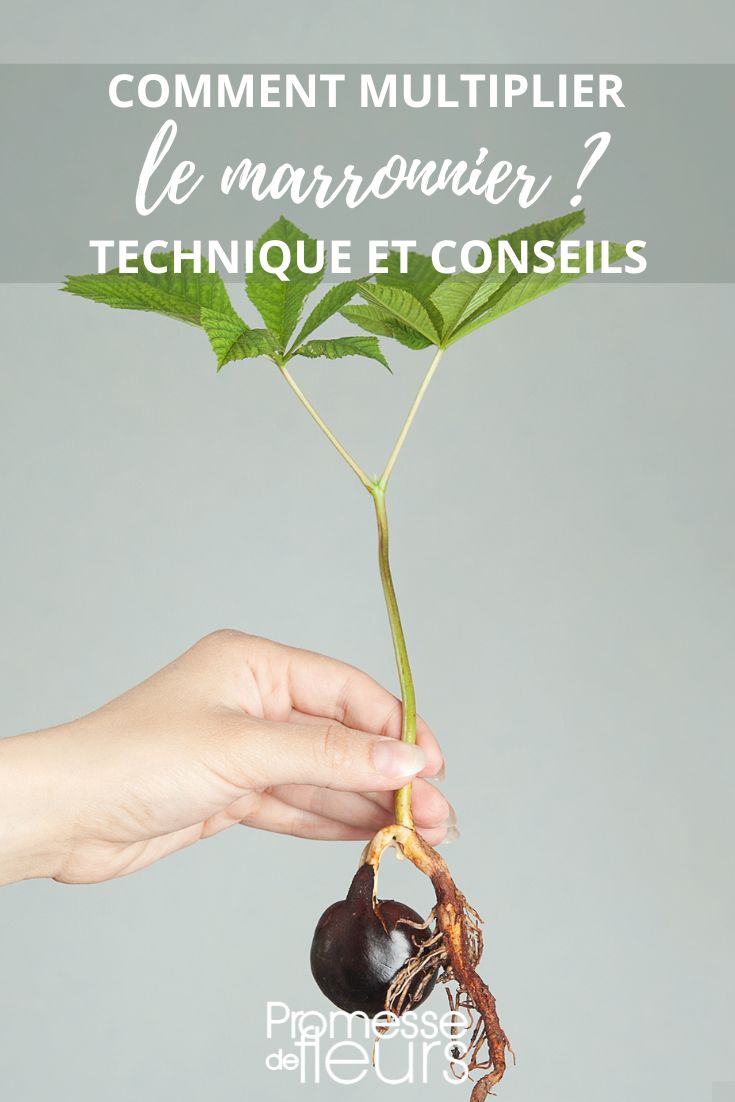
Comments